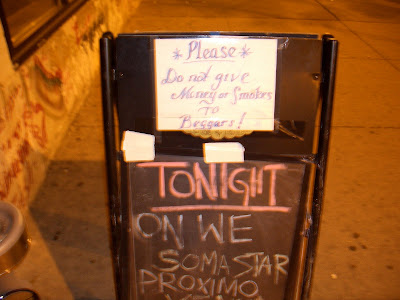So, you were not aware that the 2007
AIBA World Boxing Championships take place in Chicago October 23rd through November 3rd? Don’t worry, although the international event serves as an Olympic qualifier for the 2008 Beijing games, 99% of Chicagoans had no knowledge of the event 48 hours prior to the first punch. Now that the fights are underway, I would estimate the “unaware factor” in mid-80’s.
Though the city admirably stepped in to host the event a mere 6 months ago, after Moscow took a TKO, somewhere between then and now the city, the
AIBA and the
USOC have done an inadequate job of promoting the event. While boxing is no longer a marquee sport in the U.S., hosting a bi-annual World Championships in the run-up to the Olympics should be a major draw.
I am by no means a boxing fan. I more a sports fan in general and only found myself at the Thursday preliminary session due to a fluke of scheduling mixed with the novelty of watching top amateur fighters for a measly $11. Unfortunately, not many other casual fans had free-time. Charitably, I would estimate that there were 400 spectators in the stands. (Although a weekday session, this can not look good to the
IOC selection committee, who are in town to observe the proceedings.) Of those in attendance, it is impossible to tell how many were wearing credentials and how many, like me, walked up and bought tickets. Scattered groups of supporters rooted vigorously for fighters from their favored countries, injecting some life into what could have been a library-like atmosphere. Seven flag-draped fans screamed in rapid support of their favorite Mongolian fighter,
Lusvanteseren Zorigtbaatar, who disappointed in a lopsided loss.
From an organizational standpoint, the city and the event planners should be applauded. The event logo and graphic design have a sharp
retro-look, reminiscent of the design-scheme used in posters for the 1933 World’s Fair. The
UIC Pavilion is a perfect venue for the event, with excellent
sightlines to watch the concurrent matches, which take place in 2 adjacent rings. The organizers precisely staggered the bouts, so that there was continuous action in at least one ring at all times. Fighters, referees and judges from all corners of the world rotated for the various bouts without error or delay. And the fighting itself, while not always masterful, was earnest and urgent. In addition to winning and losing, in some cases national pride was at stake.
According to the official
website, “highlights” of the competition will be shown on Fox Sunday, November 4
th, A DAY AFTER the actual finals take place. It’s a shame that the first time many hear or see these hopeful, young fighters will be after the ropes are packed.































